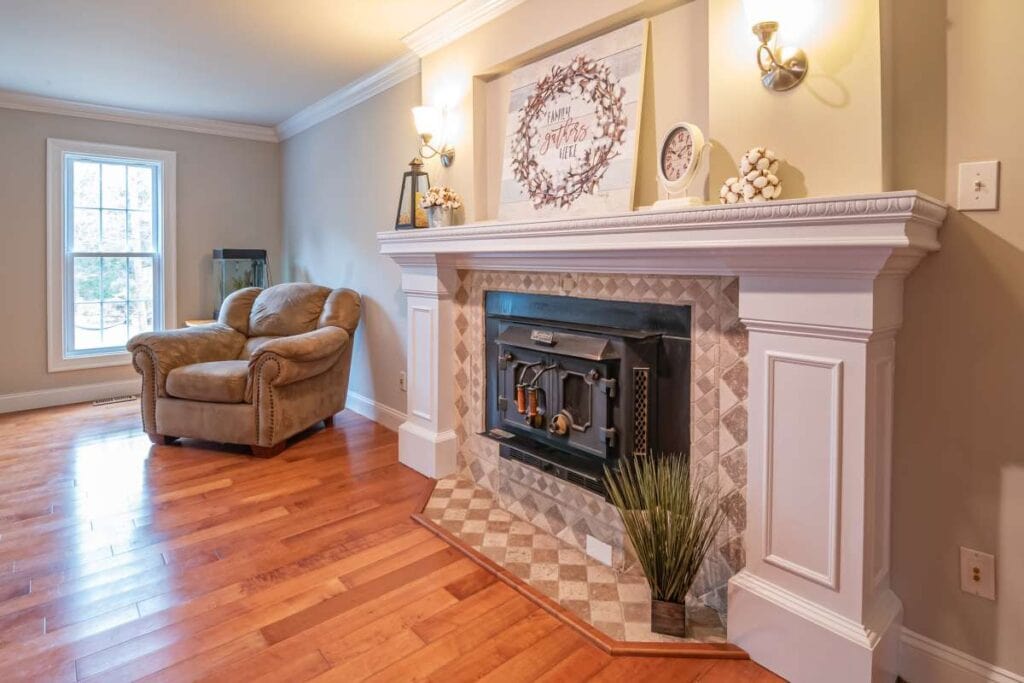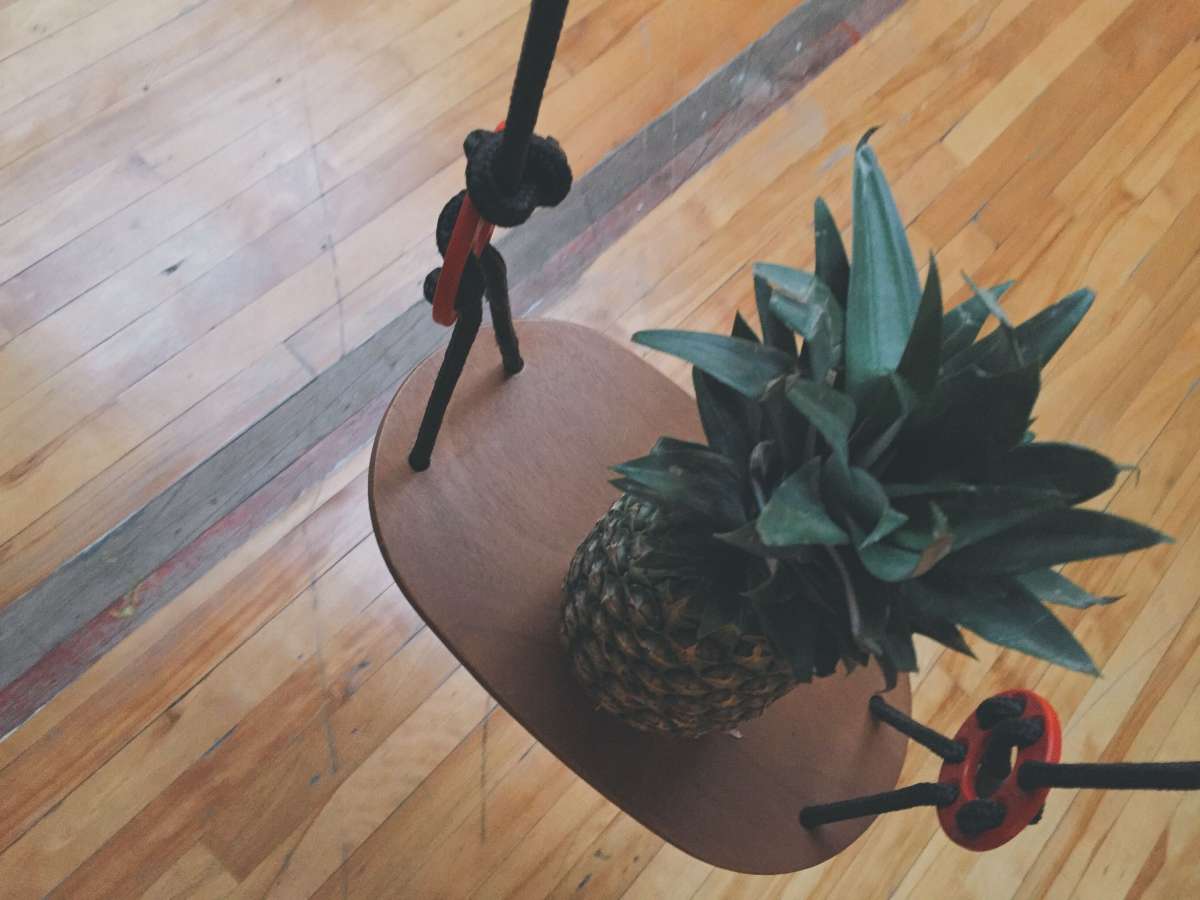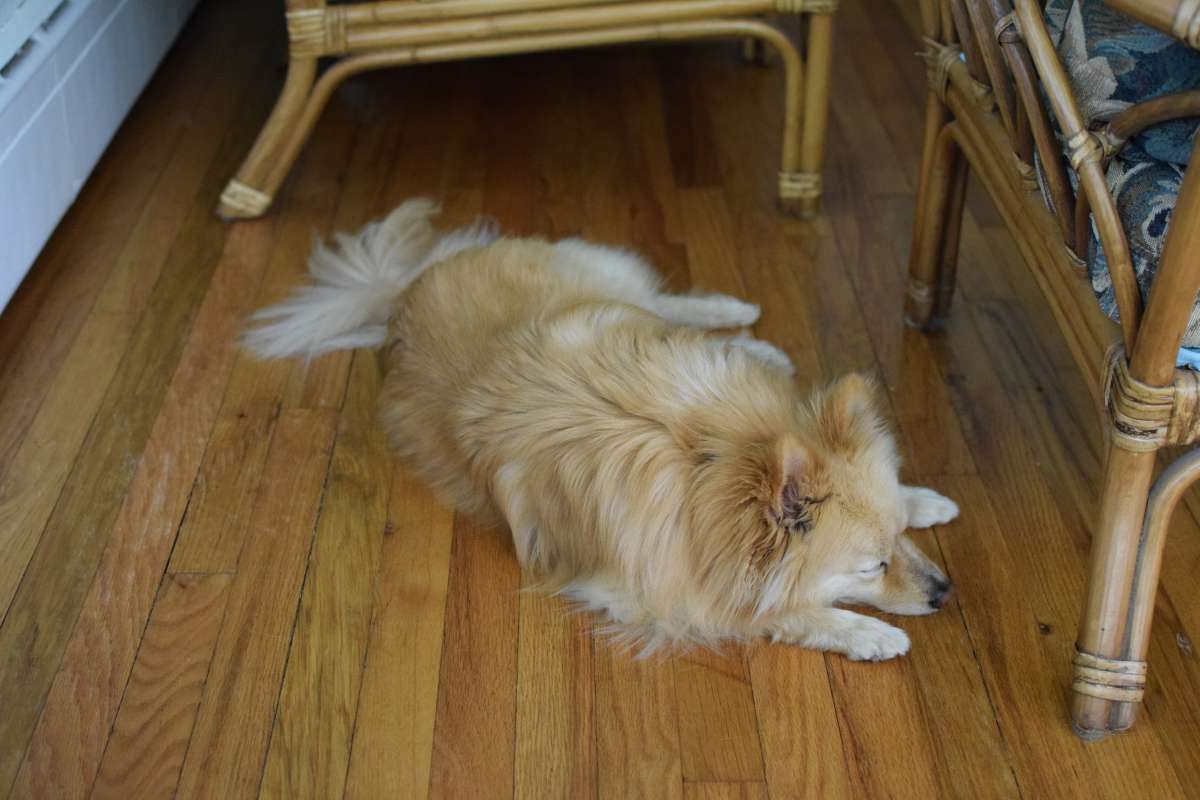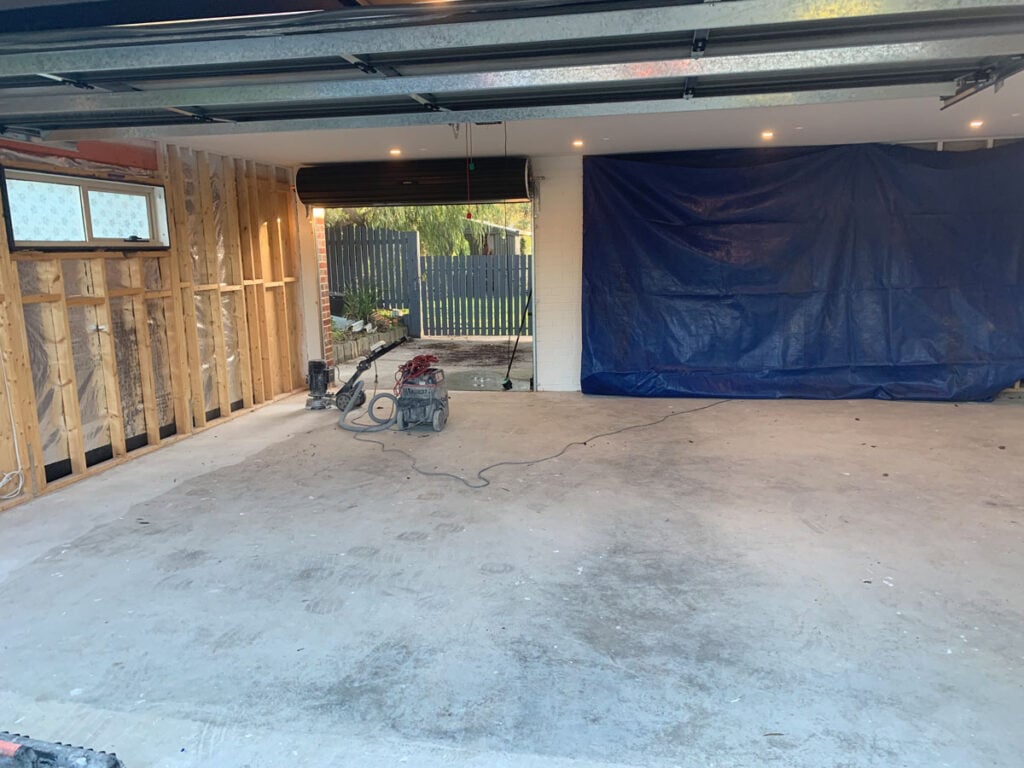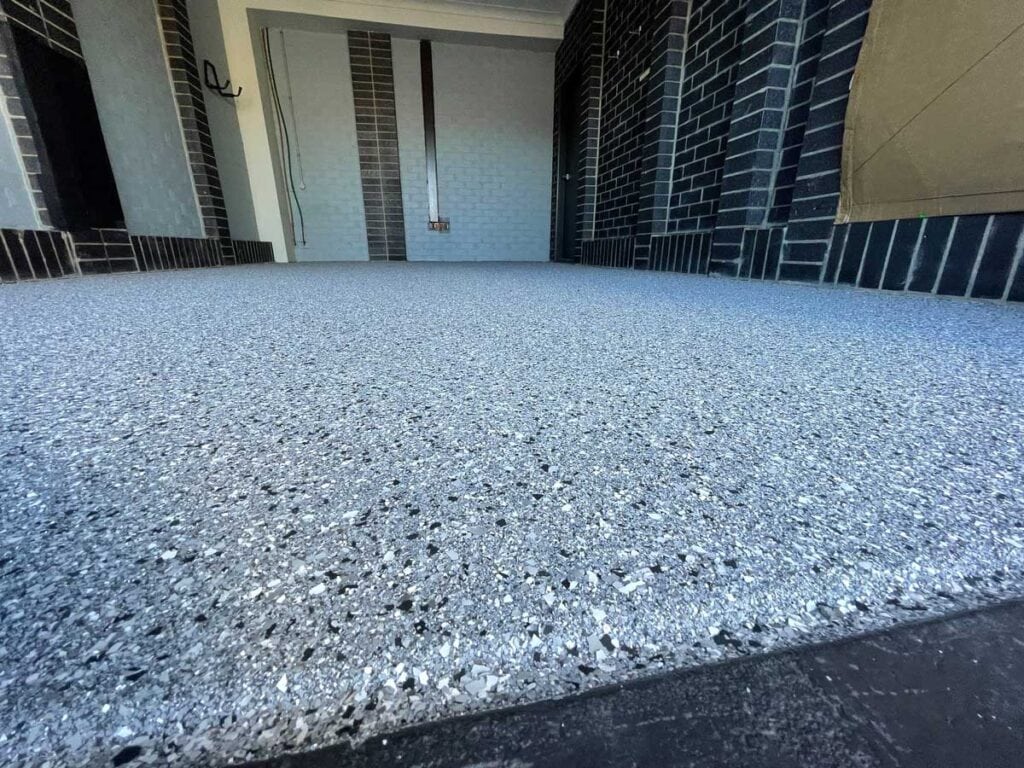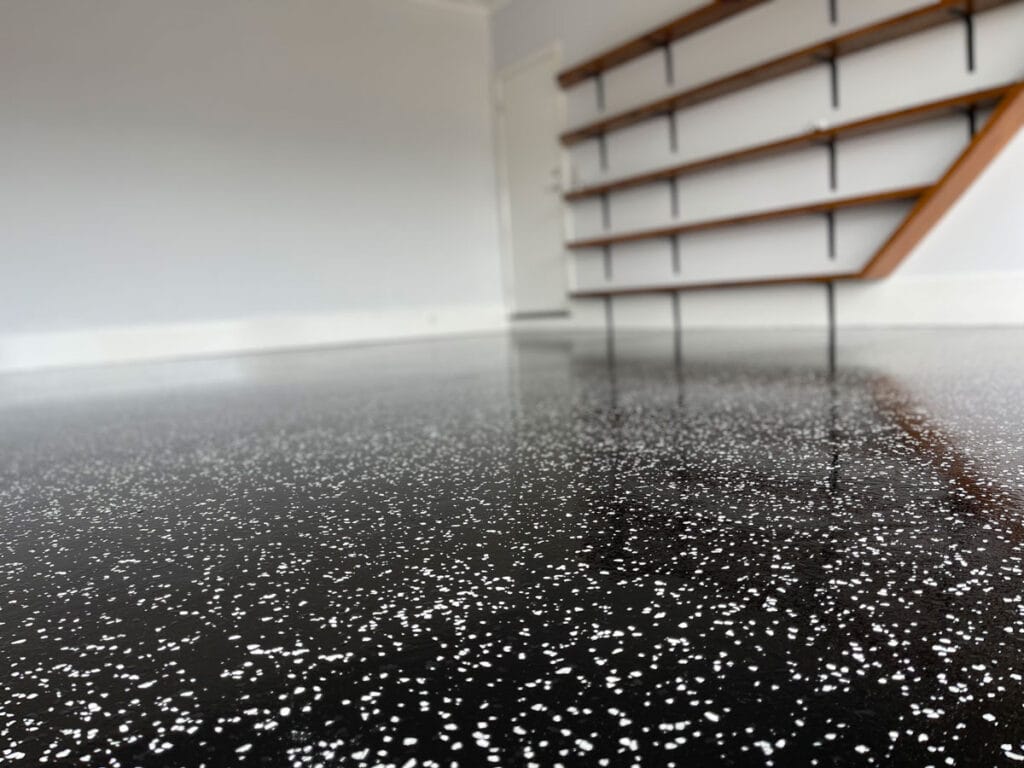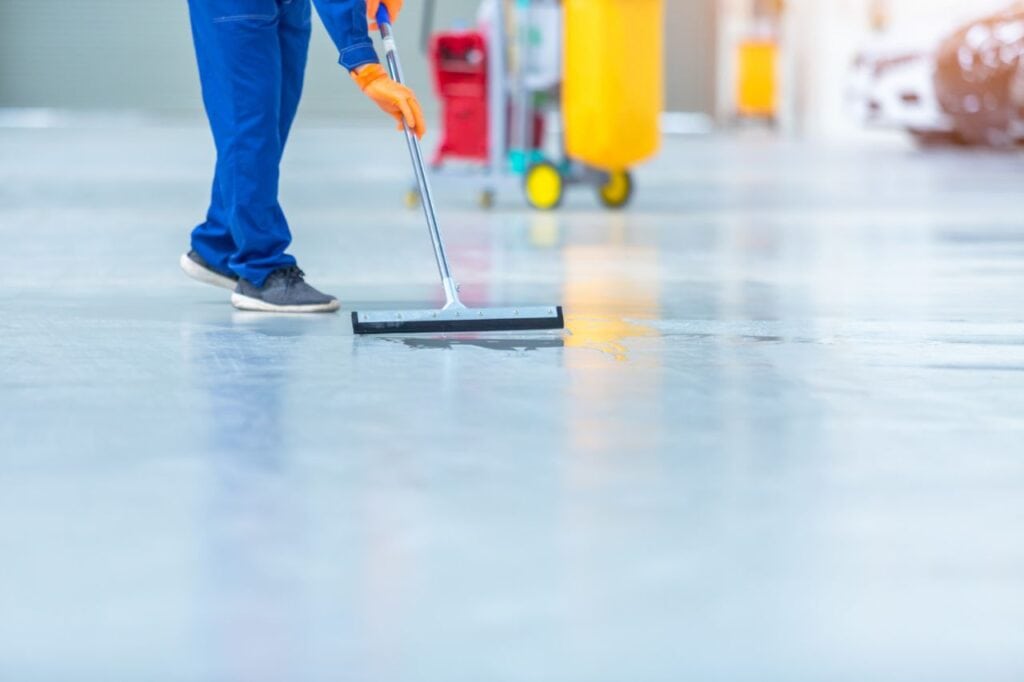Are you considering the idea of refinishing your bamboo floors? Like hardwood floors, bamboo floors bring your home warmth, beauty, and value. It's important to maintain them and regularly inspect their condition consistently. Determining the right time for refinishing can sometimes be challenging.
Bamboo flooring is highly popular due to its versatility, eco-friendliness, durability, easy installation, and low maintenance requirements. When properly sealed, it also offers resistance against water, mildew, mould, and insects like termites. Don't worry about scratching, as strand-woven bamboo planks are even tougher than other types of flooring, such as Ipe. Some bamboo flooring can withstand high heels and is resilient to messes caused by kids or pets like dogs.
Just like traditional hardwood floors, bamboo can be deceptive. Scratches or discolourations don't necessarily indicate an immediate need for refinishing. Conversely, a seemingly smooth and uniform surface might require some touch-up work. Refrain from relying solely on visual inspection to accurately assess your floor's condition.
Can You Refinish Bamboo Floors? Here's How To:
Although numerous hardwood species are utilised in the flooring industry, only one of them is grass resembling wood. Bamboo is a well-liked alternative to traditional hardwood flooring, but it needs to be more understood, particularly when cleaning, maintenance, and refinishing.
Bamboo flooring closely resembles wood flooring in appearance and functionality. Therefore, you can refinish bamboo floors in the same manner as any other type of hardwood flooring. However, it's worth noting that there are various types of bamboo flooring, each with its considerations when it comes to refinishing.
Follow These Steps
Evaluate Wear Layer
To sand engineer bamboo flooring, you must first ensure the top layer is thick enough to stay together. The layer is usually thick enough to sand when floors have yet to be refinished. But if the floor has been sanded before, remove a door threshold so you can see how the floor looks in a cross-section. Using a ruler, measure how thick the wear layer is. If it's more than 2 millimetres, you can move on.
Sanding Your Bamboo Floor
Sanding will help eliminate any old finish, stains, scratches, and minor water damage, among other things. It would help if you sanded until the surface is smooth, except for deep scratches, which may need to be filled.
You don't need to sand if the protective layer isn't completely gone and there aren't any deep scratches. Instead, buff and refinish (screening or buff and coat) the floor. A nylon pad on a buffer can only get rid of light scratches.
How you do, it will depend on the type of sander you use. Don't just pick one and start sanding. Unless you have a random orbital sander, you should always grind along the direction of the bamboo grain and in the direction that your sander moves, which is left to right.
For the first sanding, you should use medium-grit sandpaper and sand at a slight angle to the bamboo grain, between 7 and 15 degrees. This will help keep splinters to a minimum.
Cut The Surface
Remove all the baseboards and put a flooring drum sander with 60-grit paper in place. Sand the bamboo at a slight angle against the grain. Do this at an angle of 7 to 15 degrees. You're less likely to get splinters if you don't go directly with the grain. Then, sand the edges with a floor edger with the same paper grit.
Filling and Hand-Scraping
During sanding, you will have removed the original finish and any small scratches or dents. But if your floor has deep holes, you must fill them with the right material.
The type of bamboo flooring you have will determine which bamboo filler you choose. There are fillers for strand-woven, vertical, and horizontal bamboo flooring. Please talk to your manufacturers, as some floorings have fillers that work best with them.
Use your putty to fill and then scrape off any extra. Let it dry completely before sanding it with your finest grit to make a smooth surface.
Lastly, bamboo flooring can be hand-scraped if it is very damaged or if you want a more rustic look with more detail and character. Hand scraping will also cover scratches and make the bamboo look more natural.
Clean or Vacuum Your Floor
After achieving the desired sanding outcome, conducting a thorough cleaning of your floor is essential. If you use a sander with a dust bag, little dust may be left on the floor. However, it is still recommended to vacuum it thoroughly to eliminate any remaining debris.
Use a vacuum cleaner specifically designed for hardwood floors during the vacuuming process. It should either be without a beater or have a removable beater attachment. This helps prevent any potential damage to the floor while effectively removing dust and dirt.
Apply the Stain
The next step involves staining the floor. However, before applying the stain to the entire floor, it is recommended to conduct a test on a small area. This allows you to assess the colour and ensure it meets your desired expectations.
When applying the stain, it is common to use two coats. It is important to allow sufficient drying time between each coat, usually a few hours. The drying time may vary based on the specific stain product used, so following the manufacturer's instructions is best.
The application method for the stain can vary. Some individuals prefer to use a rag to wipe the stain onto the floor, while others opt for a paintbrush. Choose the method that you find most comfortable and effective for achieving the desired results.
Apply the Finishing Coats
After the stain has been applied and dried, the next step is to seal it with a polyurethane finish. Similar to the staining process, applying two coats of polyurethane with sufficient drying time in between is recommended.
The polyurethane finish is a protective layer, making the floor resistant to scuffs and enhancing its overall appearance. Even high-traffic areas like mudroom flooring can benefit from this final step, as it helps restore a fresh and new look to the floor.
Ensure that each coat of polyurethane is allowed to dry completely before applying the next coat. Follow the manufacturer's instructions regarding drying times, which can vary depending on the polyurethane product used. Applying two coats of polyurethane provides extra protection to your newly stained floor.
The Three Main Types of Bamboo Flooring Are as Follows:
Horizontal Bamboo Flooring: A Popular Choice
Horizontal bamboo flooring is one of the three most common varieties of bamboo flooring. In this style, a horizontal arrangement of bonded bamboo stalks forms a board. Many people's mental image of bamboo flooring consists of this specific species.
Floors Constructed with Vertical Bamboo
Thin strips of bamboo are attached in a vertical fashion to create vertical bamboo flooring. The flooring's surface will include more pronounced lines or grain patterns as a result of this building approach. It gives off an ultra-contemporary, streamlined vibe that's all about sharp angles.
Strand-Woven Bamboo Flooring: Uniquely Durable
Strand-woven bamboo flooring stands out from the crowd since it is not made with bamboo strips. Instead, the stalks of the bamboo plant are shredded into fibres and then glued together. To create solid blocks, the resultant slurry is heated and compressed to extremely high temperatures and pressures.
The manufacturing process used to create strand-woven bamboo flooring results in a product that is more durable than the vast majority of wood flooring solutions. The Janka hardness rating for strand-woven bamboo flooring is roughly double that of ash flooring.
Strand-woven bamboo flooring's exceptional durability means it can last longer between refinishing sessions than other flooring options. Sanding down strand-woven bamboo, however, may be a little more complex chore when refinishing is required, though not significantly so.
A Comparison: Solid Bamboo Flooring vs. Engineered Bamboo Flooring
Solid Bamboo Flooring: A Traditional Choice
Like its more well-known solid hardwood flooring, counterpart, bamboo flooring has been around for quite some time. At all three levels, it's 100% bamboo. The sturdy build ensures longevity and has a timeless beauty. It is possible to sand and refinish this flooring several times, making it suitable for long-term use.
Engineered Bamboo Flooring: A Modern Twist
Engineered bamboo flooring, on the other hand, is a contemporary update on traditional bamboo. It has a veneer of bamboo over a plywood or fibreboard core. This multilayer design improves stability and lessens the possibility of growth or shrinkage as a result of changes in the surrounding environment.
Evaluating Advantages and Disadvantages
Like engineered wood flooring, engineered bamboo flooring has benefits and drawbacks that should be considered. Engineered bamboo flooring shares many of the advantages of engineered wood, including increased resistance to moisture and flexibility in installation. However, it's important to think about the downsides, such as the limited refinishing possibilities brought on by the bamboo's thin layer.
Assessing Characteristics
Durability, installation flexibility, maintenance needs, and aesthetic appeal are just few of the factors that can be considered when comparing solid versus engineered bamboo flooring. Individuals can make an educated choice based on their preferences and needs for their flooring project by thinking about these things.
Can Engineered Bamboo Flooring be Refinished?
Feasibility of Refinishing Engineered Bamboo Flooring
The feasibility of refinishing engineered bamboo flooring varies. The thickness of the veneer layer determines whether or not engineered bamboo flooring can be refinished, in contrast to solid bamboo flooring, which can be refinished several times.
Veneer Thickness and Refinishing
The veneer thickness of engineered bamboo flooring more than 2mm is normally able to tolerate refinishing, though typically only once. It may not be possible to restore the veneer if it is too thin. This restriction is also a part of the cons of engineered wood flooring.
Seek Professional Guidance
It is best to talk to an expert at your local flooring store for details about a specific engineered bamboo product. These experts know a lot about their engineered bamboo products and can tell you everything from the veneer thickness to how often you can refinish it.
Expert Advice for Informed Decisions
Expert advice from the flooring industry can help consumers make informed decisions about engineered bamboo products. Such experts can advise clients on whether or not a given flooring material is appropriate for their needs and tastes based on considerations like its refinishability.
Do-It-Yourself Floor Refinishing vs. Hiring Professionals
While many homeowners choose to install flooring themselves, refinishing it is more complex. It requires additional effort, creates more mess, and even the most skilled homeowners may need help to complete the job as efficiently as a professional.
Hiring professionals for refinishing bamboo flooring offers several benefits. They can assess the condition of your bamboo flooring, address any existing damage or repairs, and ensure that only the necessary amount of material is removed during the refinishing process, particularly with engineered flooring. Professional refinishing jobs are typically priced based on the hours or the project's overall scope.
If you decide to do the refinishing job yourself, you must gather the necessary tools and supplies. Additionally, consider the need to remove furniture from the room and the time it will take to complete the refinishing process. Remember that the area may be unusable for several days, so plan accordingly before deciding whether to tackle the job yourself or seek professional assistance for refinishing bamboo flooring.
Carbonised Bamboo Flooring vs. Non-Carbonised (Natural) Bamboo Flooring
It's crucial to know the difference between carbonised and non-carbonized (natural) bamboo products before attempting to restore your bamboo flooring.
Natural or non-carbonized bamboo flooring is lighter in colour, making it easier to hide dings and scratches. On the other hand, the carbonisation process applied to bamboo flooring deepens its natural amber colour.
Carbonised bamboo flooring has a higher dent-probability than traditional bamboo flooring. A non-carbonized bamboo product is the better choice if scratch resistance in flooring is a top requirement.
The controversy over carbonisation vs. non-carbonization is analogous to the one over hickory vs. oak. Both types of flooring can serve the same purposes but vary slightly in hardness, visual appeal, and cost.
Are Bamboo Floors Hard to Scratch?
Carbonised bamboo products are more prone to scratches than bamboo flooring in horizontal or vertical planks.
It's important to note that click-together floating floors may require more frequent refinishing. Floating flooring tends to wear out quicker than regular floors.
When removing scratches from bamboo flooring, the only effective method is to sand down the affected area and refinish the floor. We will discuss the step-by-step process for doing so below.
Similar to other hardwoods, bamboo flooring can be stained. You can change the original colour of your bamboo floors using a stain. For example, if you desire a dark, moody look similar to ebony flooring, you can achieve it by refinishing your bamboo floors with an ebony stain.
If you prefer the appearance of hickory flooring but want to avoid its associated pros and cons, consider staining your bamboo flooring to resemble hickory. The natural grain of bamboo is just as visually appealing as that of hickory.
Conclusion
Bamboo flooring is a popular substitute for conventional hardwood due to its adaptability, environmental friendliness, durability, ease of installation, and low maintenance needs. It's deceiving, holds up to high heels and cat and kid filth. Evaluating the wear layer, sanding the floor, and buffing and refinishing (screening or buff and coat) are all necessary steps in refinishing bamboo flooring. Sanding the surface until it is smooth will help remove any old finish, stains, scratches, and minor water damage. When sanding bamboo flooring, it's best to work at a little angle to the grain and use a medium-grit sander.
Use a flooring drum sander with 60-grit paper to cut the surface and a floor edger with the same paper grit to smooth the edges. Bamboo flooring, whether strand-woven, vertical, or horizontal, can be filled and hand-scraped with the use of fillers. To finish up the cleaning process after sanding, use a hardwood floor vacuum. Staining is the subsequent process. The essay focuses on the three most common styles of bamboo flooring: horizontal, vertical, and strand-woven.
One of the three most popular types of bamboo flooring, horizontal bamboo flooring consists of joined bamboo stalks laid out in a horizontal fashion. Vertical bamboo flooring, which is made from thin strips of bamboo that are joined in a vertical form, has a very modern, minimal aesthetic. Since it is not crafted from bamboo strips but rather from shredded bamboo fibres that are subsequently glued together, strand-woven bamboo flooring stands out from the crowd. With a Janka hardness rating almost double that of ash flooring, strand-woven bamboo flooring is more long-lasting than most wood flooring options. Traditionalists often go with solid bamboo flooring because of its durability and ease of refinishing.
Bamboo veneer over a plywood or fibreboard core makes up engineered bamboo flooring, a modern take on the classic material. Because of its thin layer, refinishing options for engineered bamboo flooring is limited, but it has many of the benefits of engineered wood, including greater resistance to moisture and flexibility in installation. In the event that the veneer is too thin, restoration may not be an option. Consumers can benefit from the flooring industry's wealth of knowledge regarding engineered bamboo by consulting with professionals in the field. Do-It-Yourself Refinishing Your Own Floors vs. Hiring Experts: There are many advantages to having a professional handle the refinishing of your bamboo floors, including an accurate assessment of the floor's condition, the completion of any necessary repairs, and the removal of only the required quantity of material.
When comparing carbonised bamboo flooring to natural bamboo flooring, you should know that the former is more long-lasting and requires less upkeep. Bamboo goods that have undergone carbonisation and those that have not are akin to the hickory vs. oak argument. Carbonised bamboo materials scratch more easily than regular bamboo flooring does, and click-together floating floors may need refinishing more often. Staining bamboo flooring a different colour, such as ebony or hickory, can give it a more dramatic appearance.
Content Summary
- Bamboo flooring offers warmth, beauty, and value to your home.
- Bamboo floors are versatile, eco-friendly, durable, and easy to install and maintain.
- Properly sealed bamboo flooring resists water, mildew, mould, and insects.
- Strand-woven bamboo planks are tough and can withstand high heels and messes from kids or pets.
- Visual inspection alone is not enough to assess the condition of bamboo floors.
- Bamboo floors can be refinished similar to traditional hardwood floors.
- Different types of bamboo flooring have specific considerations for refinishing.
- Evaluate the wear layer thickness before sanding engineered bamboo flooring.
- Sanding eliminates old finish, stains, scratches, and minor water damage.
- Deep scratches may require filling before sanding.
- Buffing and refinishing can be done instead of sanding if the protective layer is intact.
- Sand along the direction of the bamboo grain using the appropriate sander.
- Remove baseboards and sand at a slight angle against the grain for better results.
- Fill deep holes with the appropriate bamboo filler and scrape off excess.
- Hand-scraping can be done for a more rustic look or to cover scratches.
- Thoroughly clean or vacuum the floor after sanding.
- Use a vacuum cleaner designed for hardwood floors to prevent damage.
- Conduct a stain test on a small area before applying it to the entire floor.
- Apply two coats of stain with sufficient drying time between each coat.
- Choose a staining method that suits your preference and achieves desired results.
- Seal the stained floor with two coats of polyurethane finish for protection.
- Allow each coat of polyurethane to dry completely before applying the next coat.
- Horizontal bamboo flooring is a popular choice with a distinctive appearance.
- Vertical bamboo flooring has pronounced lines or grain patterns for a contemporary look.
- Strand-woven bamboo flooring is uniquely durable and has a high Janka hardness rating.
- Solid bamboo flooring can be sanded and refinished multiple times.
- Engineered bamboo flooring has a veneer layer and offers increased stability.
- Consider the advantages and disadvantages of engineered bamboo flooring.
- Refinishing engineered bamboo flooring depends on the veneer thickness.
- Hiring professionals for refinishing bamboo flooring ensures a high-quality job and expert advice.
Frequently Asked Questions
Top-quality bamboo flooring is exceptionally dense and hard, harder than some hardwoods. As such, it is durable, structurally stable, and tough, potentially lasting as long as fifty years with careful attention and maintenance.
All bamboo may need to be occasionally refinished by sanding to help remove surface scratches and old stains or sealers. The sanding is performed similarly regardless of why you need to sand your bamboo floor, either to remove scratches or refinish it.
Harsh detergents and cleaning agents can corrode bamboo floors, so always use pH-balanced cleaners. It's also important to avoid cleaning with oil soap, ammonia-based cleaner, wax-based products, bleaches, and acidic materials such as vinegar, as these can also damage the bamboo.
Bamboo is a notoriously eco-friendly material compared to traditional hardwoods. It has greater durability, hardness, and water resistance. In many cases, bamboo is also a more affordable material than other hardwoods.
Bamboo is neither a hardwood nor a softwood, but a wood made from a grass species known as giant bamboo Moso. The bamboo stem is harvested from the bamboo forest when the bamboo is mature, which means that the cellulose is fully grown and the wood is firm and hard.
